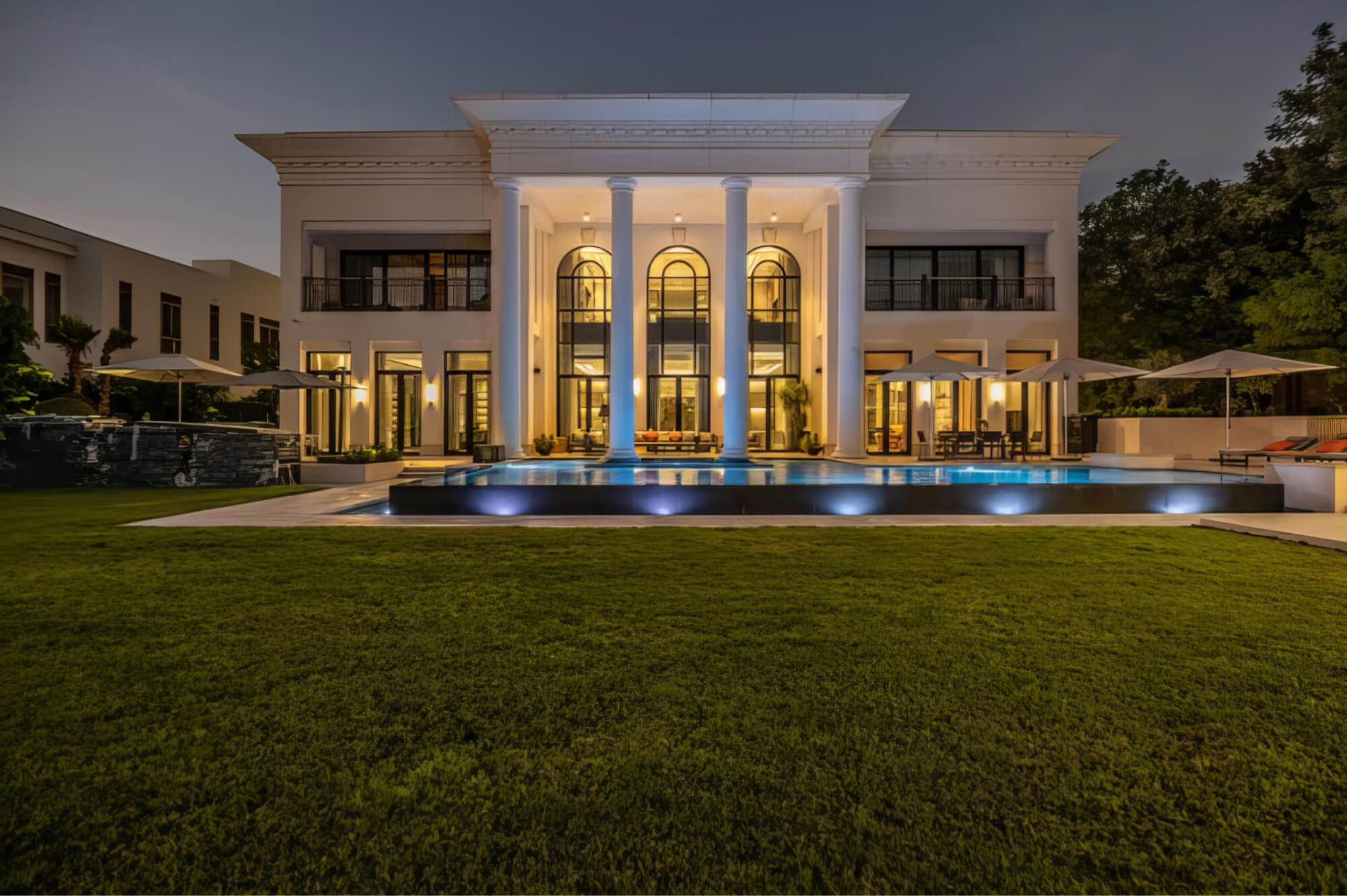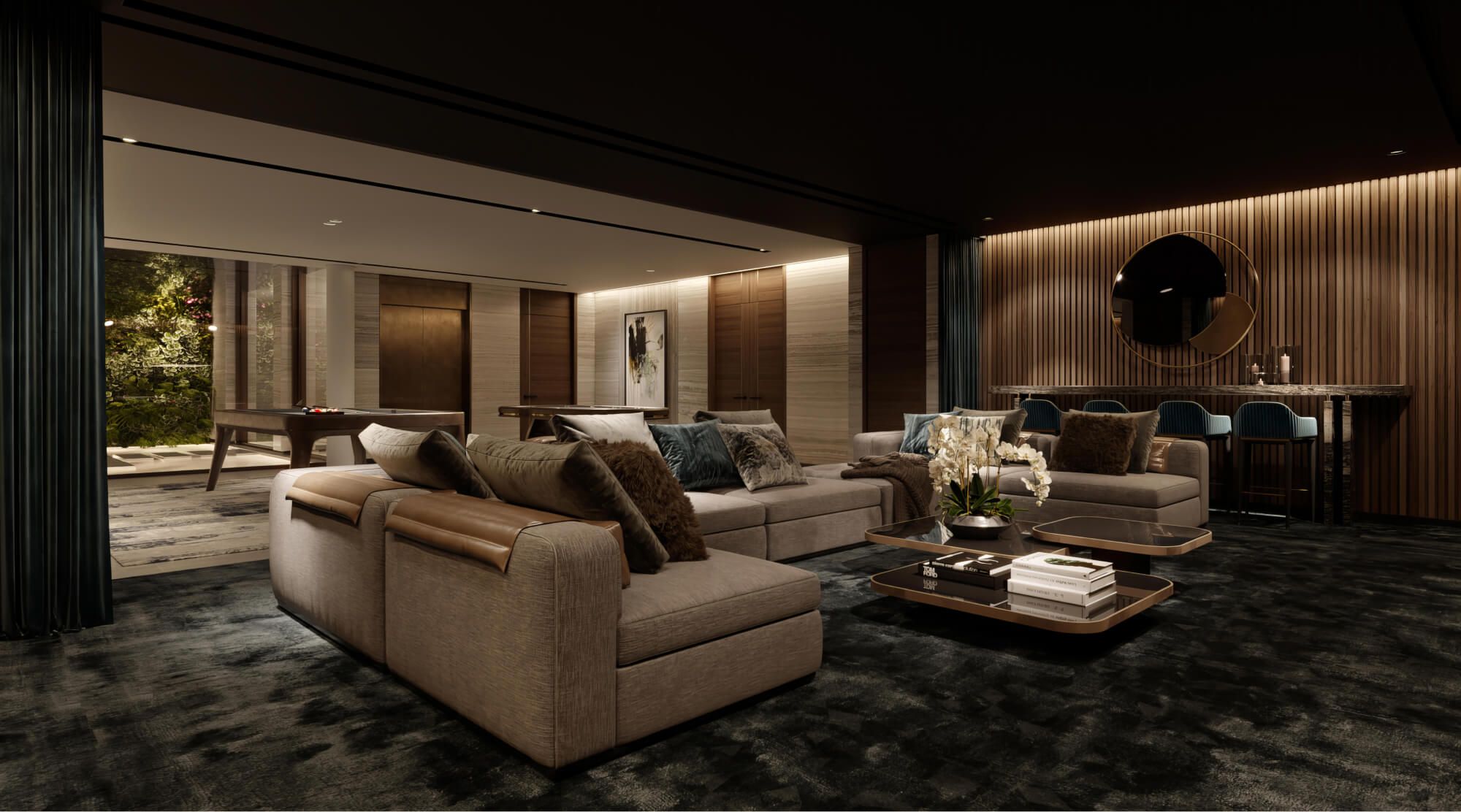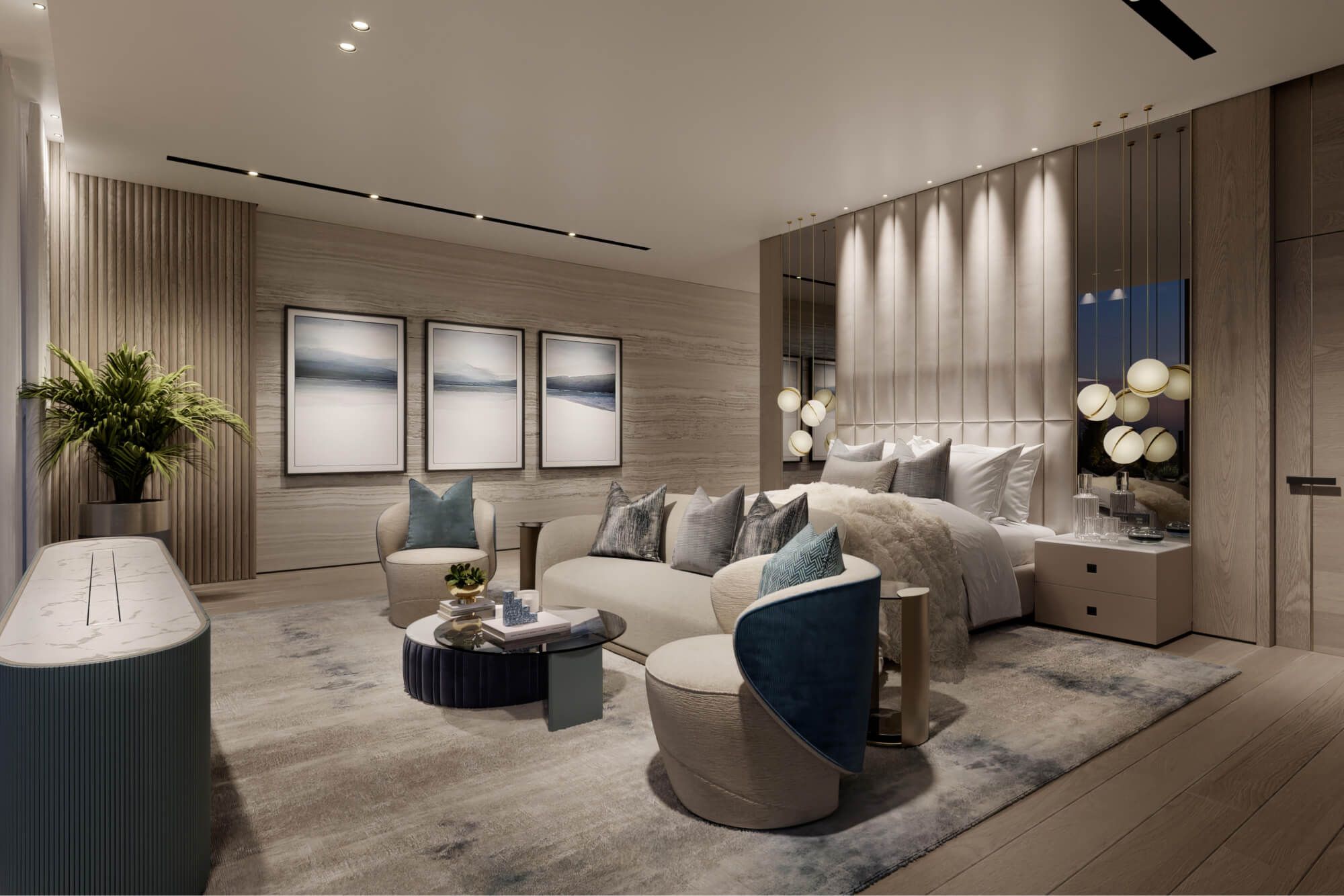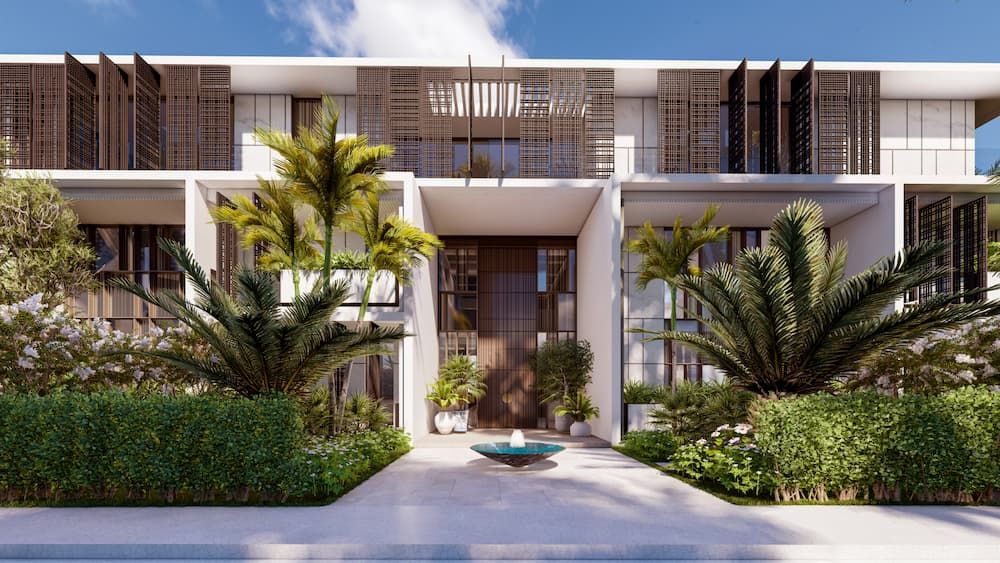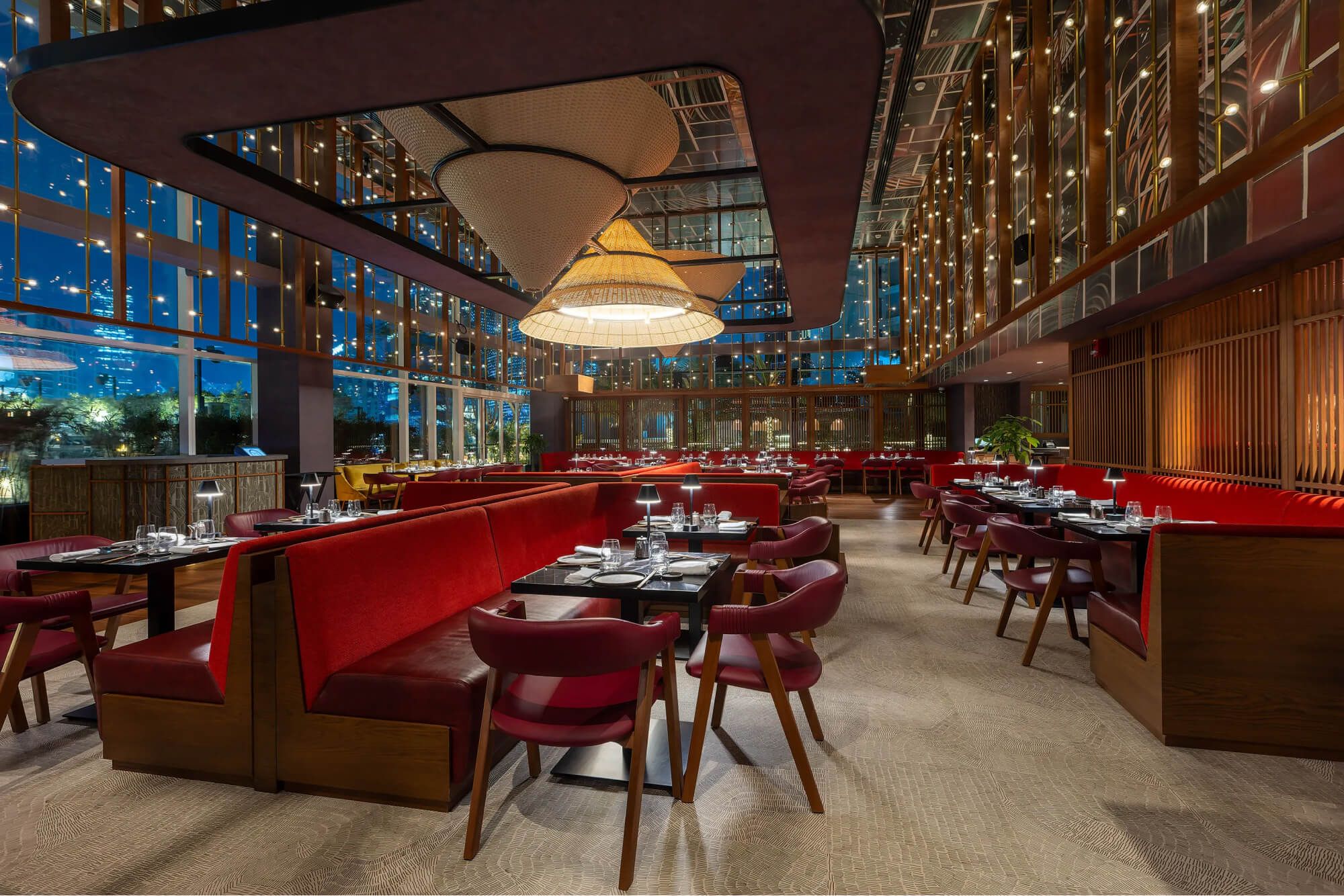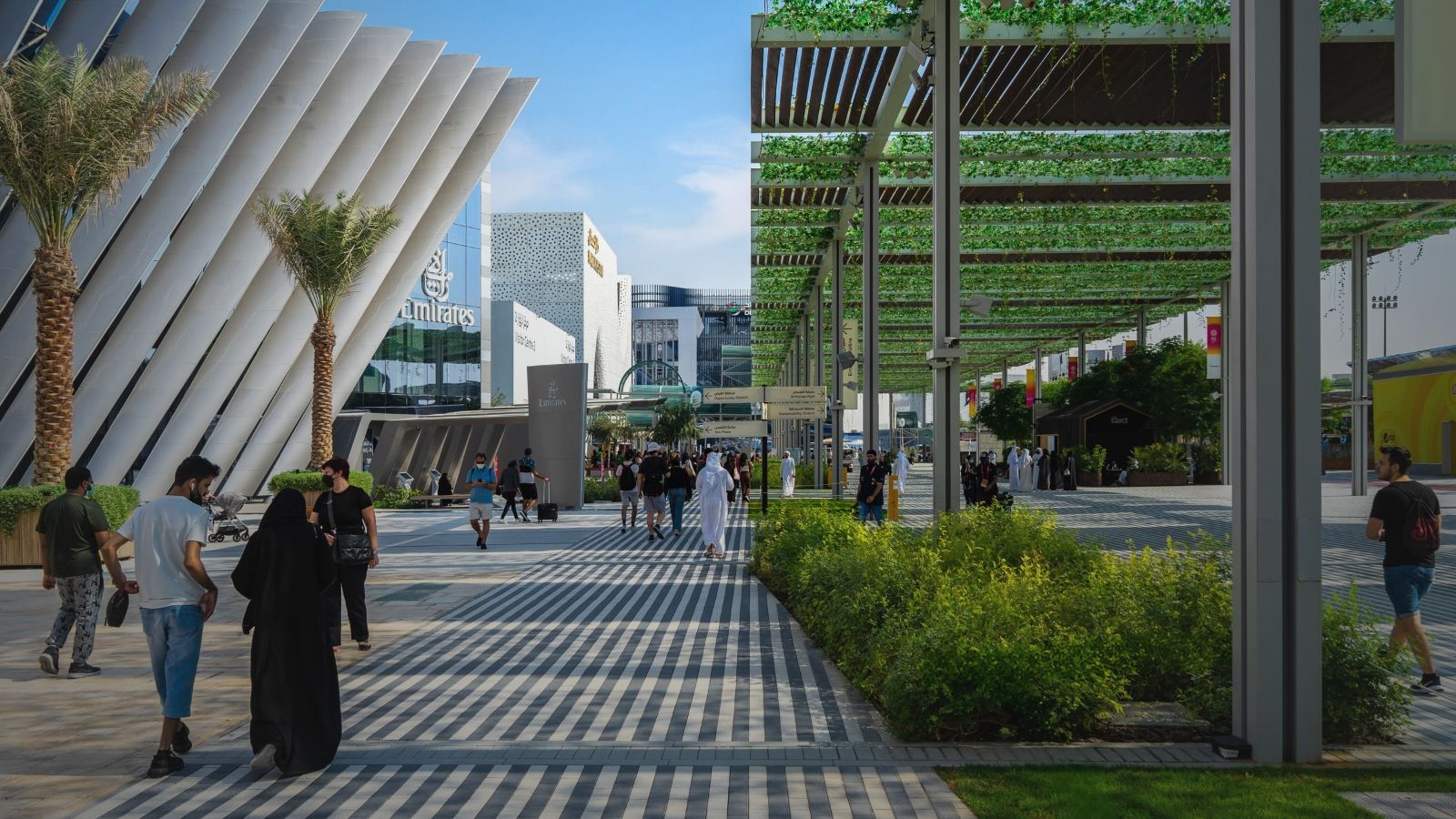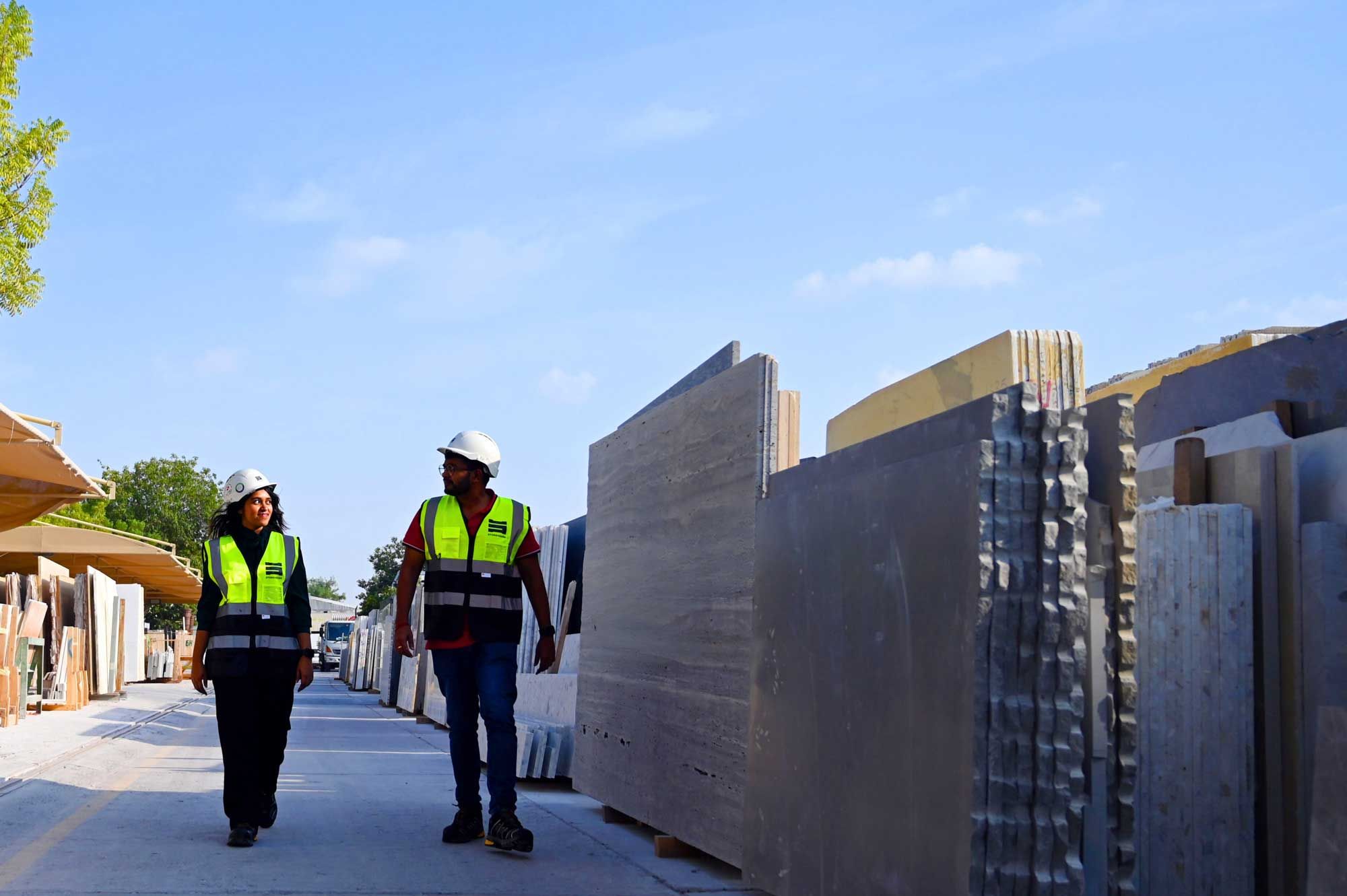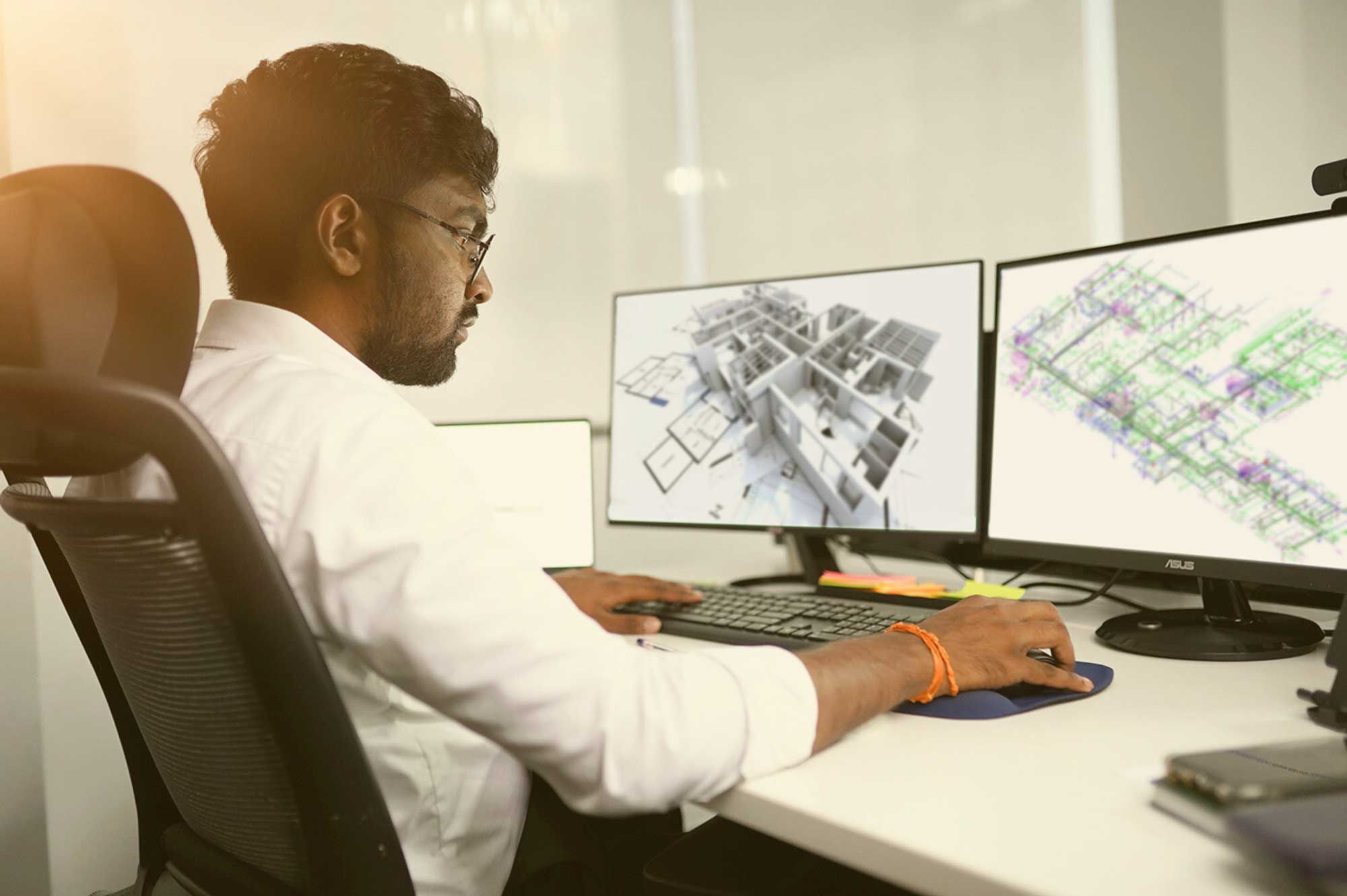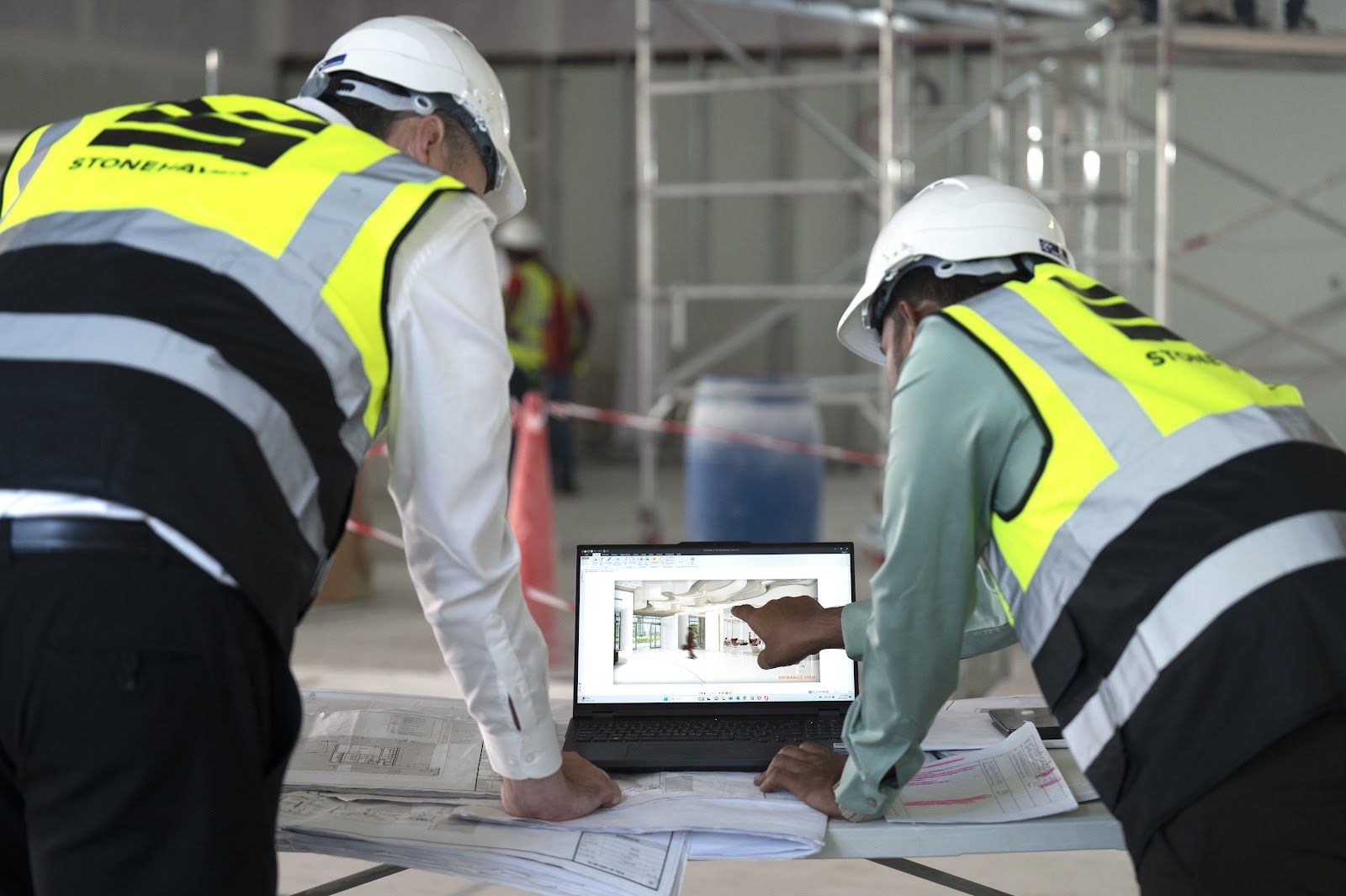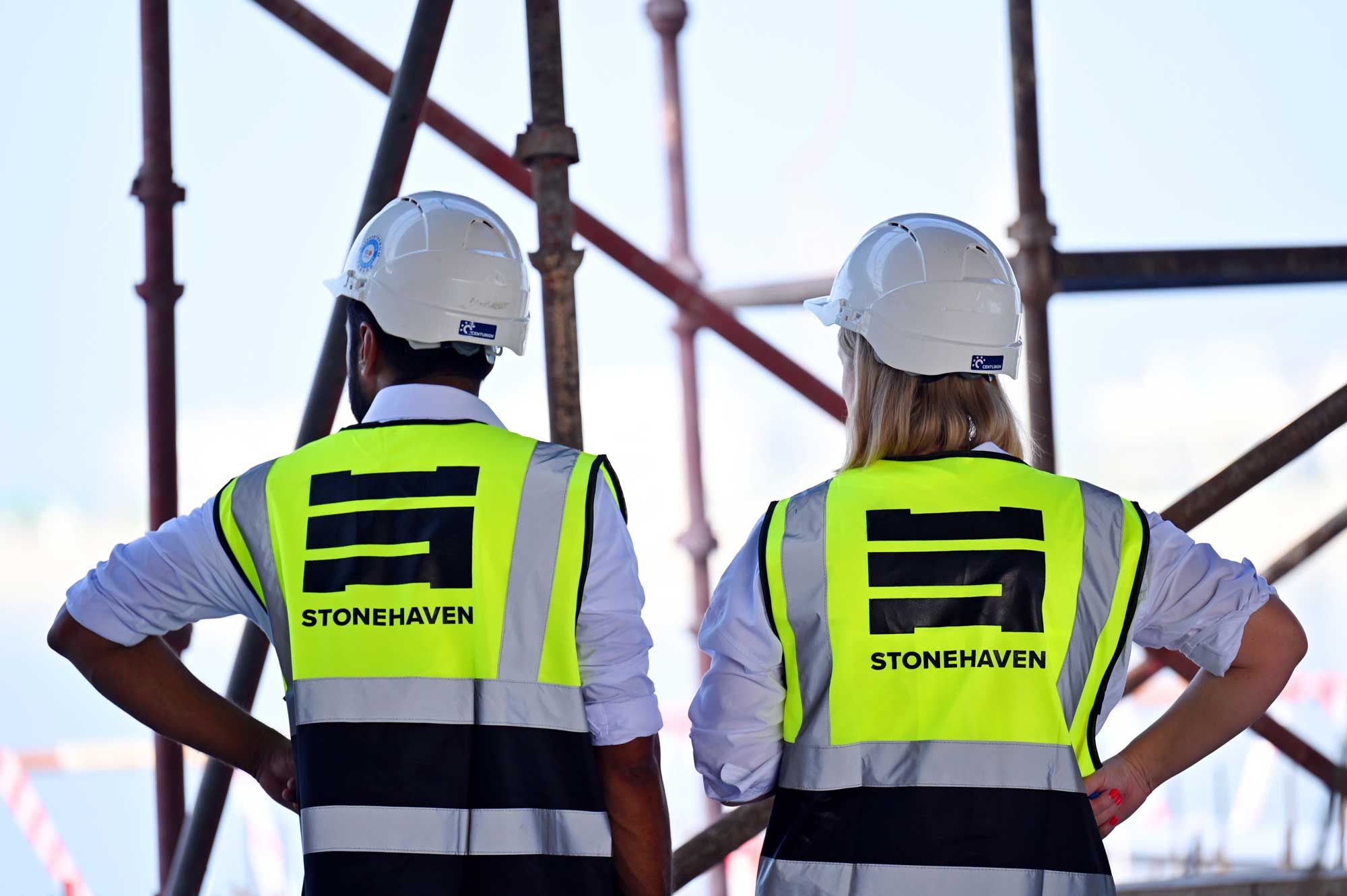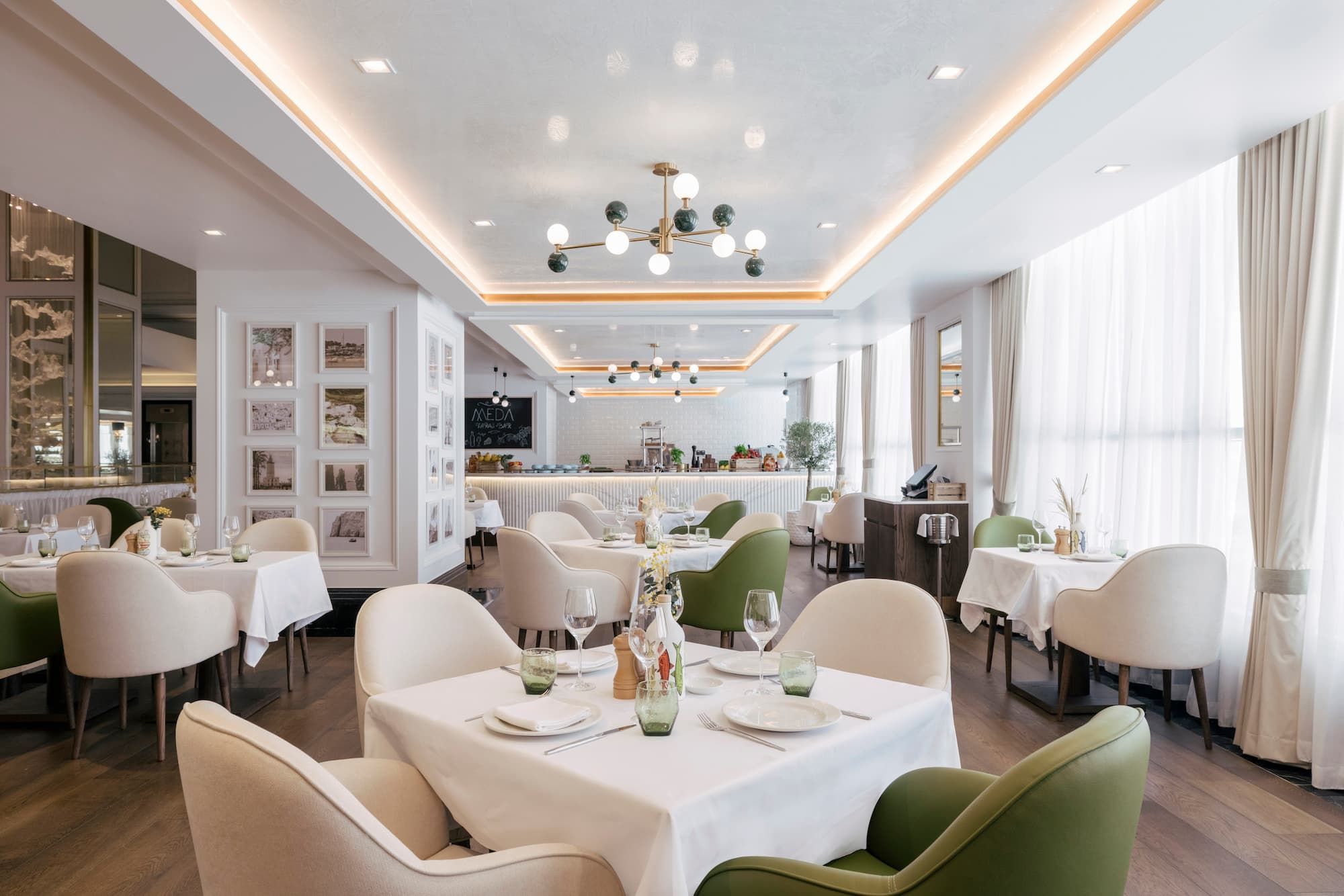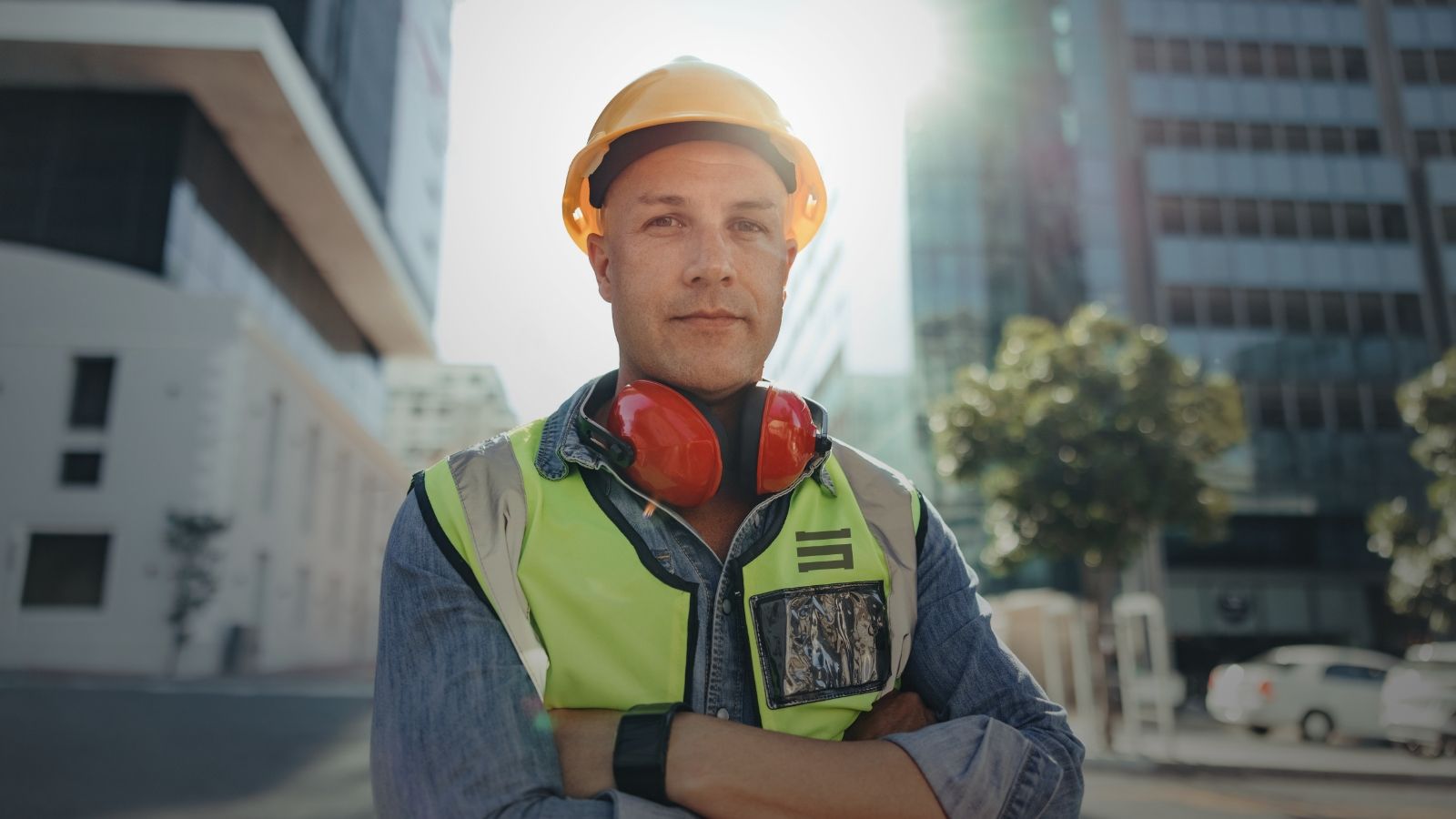Construction is booming across the UAE, from Dubai’s glittering skyline to massive infrastructure projects in Abu Dhabi. But behind every tower crane and scaffolding structure is an urgent question: how do we ensure safety on-site? For supervisors, the answer lies not just in compliance but in cultivating a culture where safety isn't a checklist, it's a mindset.
According to the UAE Ministry of Human Resources and Emiratisation (MoHRE), the construction sector continues to see a high number of workplace accidents, especially among unskilled or under-supervised labourers. With searing summer temperatures, high-rise hazards, and a multilingual workforce, site safety in construction requires sharp attention and constant reinforcement.
This blog is your comprehensive guide to construction safety in the UAE, tailored for site supervisors and project managers. We’ll cover the biggest safety issues in construction, the UAE-specific risks, the legal backbone of worker protection, and actionable steps supervisors can take to reduce risk. Whether you oversee villa plots or mega-towers, this is your playbook to ensure a safe site construction.
What is the Biggest Safety Issue on a Construction Site?
When it comes to construction site hazards, both globally and in the UAE, ‘falls from height’ remain the most prevalent and deadly risk. Data from UAE construction safety reports consistently indicate that over 35% of on-site fatalities are caused by falls, especially among workers engaged in scaffolding, lift shaft construction, roofing, and tower crane operations. These incidents are not outliers; they point to a deeper, structural issue embedded within the region’s high-rise construction ecosystem.
The Health Authority – Abu Dhabi confirmed in 2024 that ‘falls from height and falling objects’ were responsible for nearly 50% of all fatal injuries on construction sites in the emirate. This alarming figure underscores the urgent need for rigorous enforcement and preventative measures.
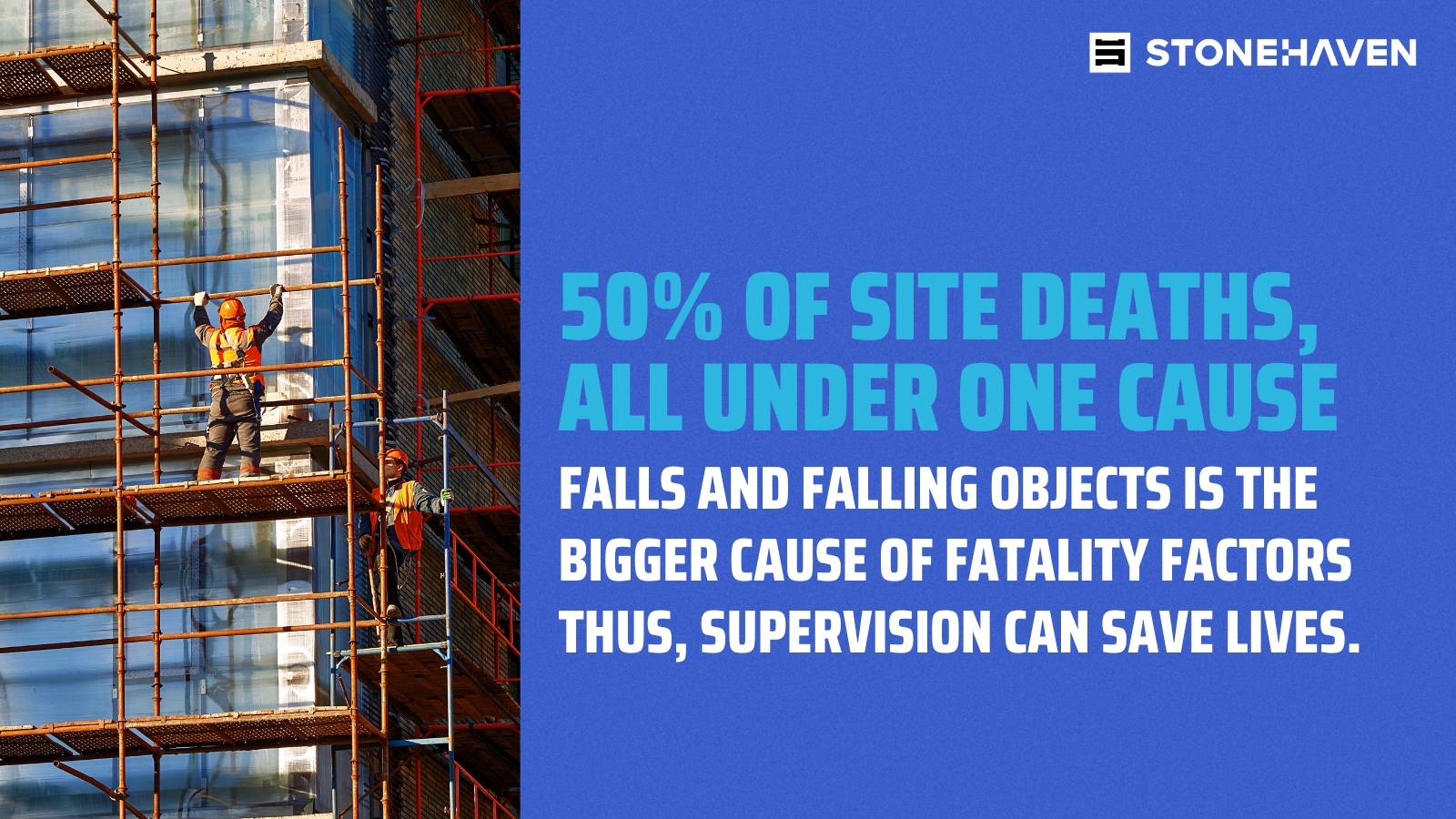
In a context where time is money and skyscrapers are built at unprecedented speeds, the scale and verticality of UAE construction projects amplify even minor lapses in fall protection into life-threatening risks. Multiple subcontractors operating simultaneously on a single site can result in fragmented communication, diluted accountability, and inconsistent safety enforcement.
Scaffolding may be improperly erected or left unsecured. Labourers, especially migrant workers, may not be fitted with the correct fall arrest systems or may lack proper training on how to use them. In too many cases, harnesses are unworn and anchor points are ignored.
Recognising this, UAE construction firms must align with international benchmarks like OSHA and ISO 45001, in addition to local codes, to systematically reduce fatal falls. These standards include stringent guidelines on scaffolding assembly, fall prevention, PPE enforcement, and emergency planning.
Yet falls are just the tip of the safety iceberg. Other high-risk issues often interlock with them:
● Inconsistent PPE Usage: Helmets, gloves, high-visibility vests, and protective eyewear are often worn incorrectly, or not at all. Supervisors must conduct regular checks and instil a zero-tolerance policy for non-compliance.
● Unsafe Machinery Operation: Equipment like cranes and forklifts pose a serious threat when not maintained or operated by certified personnel.
● Language Barriers: With workers often speaking five or more languages across a single site, communication breakdowns are common. Visual signage and multilingual safety briefings are essential.
To address all of these, the role of the supervisor is non-negotiable. Effective supervision must be active, visible, and consistent. Daily toolbox talks, accessible hazard reporting systems, and regular HSE audits must become part of the site’s rhythm. A supervisor isn’t simply present, they’re pivotal. They’re the ones who make sure every decision on site prioritises life over deadlines, clarity over shortcuts, and protection over profit.
What Are the Risks in a Construction Site in the UAE?
Working on a construction site in the UAE demands navigating a unique landscape of environmental extremes and strict regulatory frameworks. While many global construction hazards, like falls, electrocution, and equipment misuse, are present, what sets the UAE apart is the intensity of its climate, pace of urban growth, and the layered governance systems enforcing safety. Supervisors are not only responsible for managing physical risks but also for ensuring alignment with national and emirate-specific safety protocols.
One of the most persistent dangers is extreme heat. In peak summer, temperatures can exceed 50°C, exposing outdoor workers to serious heat-related illnesses such as heatstroke and severe dehydration. This risk has led to the enforcement of the UAE Midday Break rule, a critical regulation designed to protect labourers from the harshest hours of the sun. But compliance isn’t enough, supervisors must go further by actively monitoring hydration levels, creating shaded rest areas, and training workers to recognise early signs of heat stress.
Electrical hazards are another ongoing concern. The fast-paced nature of UAE construction often means wiring is temporary, exposed, or overloaded. Live wires, improper grounding, and inadequate lockout-tagout procedures increase the risk of shock and electrocution. All tools and wiring must meet plumbing and electrical standards in the UAE, and regular inspection should be non-negotiable.
Fire hazards, whether from poorly stored materials, flammable substances, or malfunctioning equipment, pose both health and structural threats. Supervisors should enforce “fire & life safety” drills, proper storage protocols, and fire extinguisher training for all on-site personnel.
Environmental health also plays a role. Noise and air pollution frequently violate the Dubai Municipality Noise Regulations, potentially resulting in worker hearing damage and respiratory problems, not to mention municipal fines. Warehouse stacking and temporary storage areas near scaffolding must follow Dubai Municipality storage height and separation rules, where applicable.
Behind each of these risks stands a regulation, from OSHA to the UAE Labour Law, but paper rules are only as effective as their enforcement. It’s the supervisor’s role to turn regulation into reality, embedding safety practices into the fabric of daily site operations.
Why the UAE Midday Break is So Important for Summer Safety
The UAE Midday Break Rule, enforced from 12:30 PM to 3:00 PM between June 15 and September 15, is more than just a seasonal pause, it’s a crucial intervention that saves lives on construction sites every year. Instituted by the Ministry of Human Resources and Emiratisation (MoHRE), this regulation was designed in response to rising cases of heat-related illness among outdoor labourers working during the hottest months of the year.
In the UAE, summer temperatures routinely soar past 50°C, with intense solar radiation that turns metal surfaces and concrete decks into heat traps. Construction labourers, many of whom work on exposed rooftops, scaffolds, and roadways, are particularly vulnerable to heat exhaustion, dehydration, heatstroke, and even cardiac arrest. These are not mild symptoms, they are life-threatening events that escalate quickly without intervention. For supervisors, the break must be more than a procedural checkbox. It’s an opportunity to actively protect and empower workers. Here's how to embed this practice meaningfully:
● Provide Cool Zones: Create shaded rest areas with proper ventilation, misting fans, and access to cold water or electrolyte solutions.
● Monitor Hydration: Supervisors should encourage and track water intake, at least 2–3 litres per shift, to combat dehydration.
● Deliver Heat Stress Training: Train teams to recognise symptoms such as dizziness, excessive sweating, confusion, or nausea, and respond quickly.
● Check Forecasts Daily: Use heat index data to make informed decisions about modifying schedules or extending break times when conditions are extreme.
Supervisors must also ensure alignment with Abu Dhabi Health and Safety Regulations, Dubai Municipality guidelines, and UAE safety standards that address temperature thresholds, work-to-rest ratios, and medical response protocols.
Ultimately, the midday break boosts more than just compliance, it boosts morale, productivity, and trust. When workers know their wellbeing is prioritised, they are more focused, less fatigued, and more committed to delivering quality work. Safety and efficiency, in this case, go hand in hand.
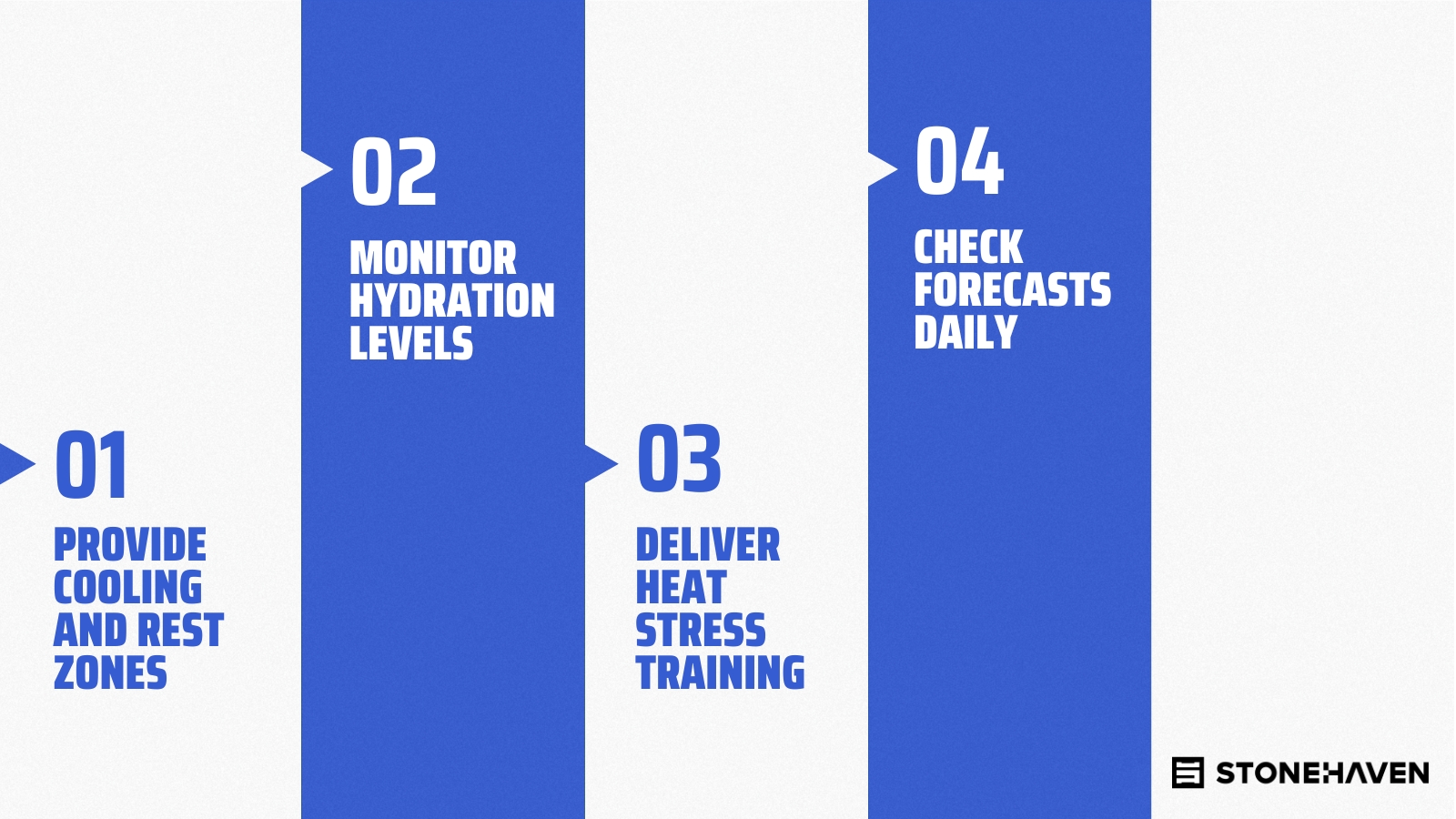
What Are the Top 10 Safety Risks Under HSE?
Under Health, Safety, and Environment (HSE) frameworks, often adapted from OSHA, ISO 45001, and enforced locally via Abu Dhabi Health and Safety Regulations, Dubai Municipality codes, and UAE Labour Law, these are the ten most pressing safety risks on UAE construction sites. Every site supervisor should monitor and mitigate these proactively:
1. Falls from Height
Falls remain the leading cause of death on construction sites, particularly from scaffolding, lift shafts, rooftops, and ladders. Often caused by lack of fall arrest systems or unstable platforms, these incidents are largely preventable. Supervisors must ensure fall protection equipment is inspected daily, anchor points are secure, and all scaffolding follows the construction code of practice.
Workers should be trained to use safety harnesses and no one should be allowed on elevated surfaces without proper clearance and gear.
2. Struck-By Incidents
These accidents occur when workers are hit by moving vehicles, swinging loads, or falling tools, common in congested sites. Blind spots near cranes, forklifts, and trucks present deadly risk zones. Supervisors should install physical barriers and use designated flagmen to direct equipment. Mandatory high-visibility PPE and helmet enforcement reduce injuries significantly.
Clear signage and lighting in loading zones, paired with restricted access to high-traffic areas, help minimise struck-by hazards. All lifting operations should be planned, communicated, and carried out under strict supervision as required under uae construction safety regulations.
3. Caught-In/Between Hazards
Caught-in/between injuries happen when a worker is trapped between heavy equipment, walls, or collapsing structures. These incidents are often the result of poor coordination between machine operators and ground workers.
Site supervisors should ensure excavations are properly supported, mobile equipment is always manned by trained operators, and spotters are assigned when visibility is limited. Emergency shutoff mechanisms must be accessible at all times. Compliance with OSHA excavation and trenching codes is critical in preventing crush injuries or fatalities.
4. Electrocution
Live wires, temporary connections, and improperly grounded tools present constant threats. The risk is heightened during fast-tracked projects or in wet conditions where exposed wiring is more dangerous. All wiring must comply with plumbing and electrical standards in UAE. Ground-fault circuit interrupters (GFCIs) should be used on all outdoor or temporary circuits. Only certified electricians should perform installations, and regular inspections should be logged daily in line with UAE safety standards.
5. Slips, Trips, and Falls
Uneven terrain, debris, spilled liquids, and poorly lit work zones are all culprits for same-level falls. While not always fatal, these incidents cause serious injuries that affect productivity and morale. Supervisors must assign daily housekeeping responsibilities, ensure walkways are marked and clear, and improve lighting in work zones.
Non-slip mats, proper signage, and handrails near ramps or stairs help reduce these hazards. UAE Labour Law mandates that safe access and egress routes be maintained at all times to ensure safe site construction.
6. Hazardous Materials Exposure
Many construction sites involve solvents, fuels, asbestos, or silica dust, which can harm workers through skin contact, inhalation, or combustion. Proper handling and storage of hazardous substances is outlined under fire & life safety regulations and enforced through material safety data sheets (MSDS) and staff training.
Workers should wear chemical-resistant gloves, masks, and eye protection. Supervisors must designate and label storage areas clearly, segregate incompatible materials, and provide spill kits and first aid readiness. Regular safety drills and emergency response plans should be rehearsed.
7. Scaffolding Collapse
Improper scaffold erection or excessive loading is a recipe for collapse. All scaffolding systems should be installed under the supervision of qualified personnel and inspected before each use. UAE safety standards require that platforms be fully planked, guardrails installed, and access ladders secured.
Supervisors must limit the number of workers and equipment on scaffolds and monitor wind conditions. The dubai municipality warehouse regulations also apply to temporary structural storage near scaffold zones. Collapse prevention starts with daily inspection checklists and strong enforcement.
8. Inadequate Training and Orientation
One of the most overlooked risks is lack of proper safety training. Workers unfamiliar with site rules, emergency procedures, or machinery operations are vulnerable to preventable mistakes. Supervisors must ensure every new hire undergoes comprehensive orientation covering HSE rules, hazard recognition, PPE usage, and task-specific training.
Multilingual training materials and visual aids can overcome literacy and language barriers. According to UAE construction safety rules, all workers should be retrained after any safety incident or equipment update to ensure full awareness.
9. Lack of PPE Compliance
Personal Protective Equipment is a last line of defence, but many workers still ignore or misuse it. Hard hats, gloves, eye protection, steel-toed boots, and harnesses must be issued and enforced depending on task. Supervisors should do daily PPE checks and replace worn or non-compliant gear. Non-use must be addressed with warnings or penalties, as allowed by UAE Labour Law.
Signage across the site should reinforce mandatory PPE zones, while supervisors should model compliance to build a culture of safety.
10. Fatigue-Related Errors
Exhaustion from long hours in extreme heat leads to cognitive lapses and physical missteps. The risk of injury increases dramatically during the final hours of a shift. Supervisors must design shift schedules that include adequate rest, staggered workloads, and strict adherence to the Midday Break rule. Providing hydration, shaded rest areas, and encouraging breaks reduces fatigue-related incidents. Monitoring worker wellbeing and watching for signs of heat exhaustion or mental burnout is part of ethical and regulatory compliance in UAE construction sites.
Each of these risks is clearly addressed in UAE construction safety regulations, but policy alone won’t prevent injury. True safety comes from daily, hands-on supervision, consistent communication, and empowering workers to take ownership of their own wellbeing. Site supervisors are not just compliance officers, they are frontline safety leaders.
How Do You Prepare Your Construction Site for Severe Weather?
The UAE is no stranger to extreme weather. Sudden sandstorms, flash floods, and high-speed winds regularly disrupt construction schedules, and without proper planning, they can endanger lives and damage millions in equipment and materials. For supervisors, preparing for severe weather isn’t just best practice; it’s a legal and ethical necessity.
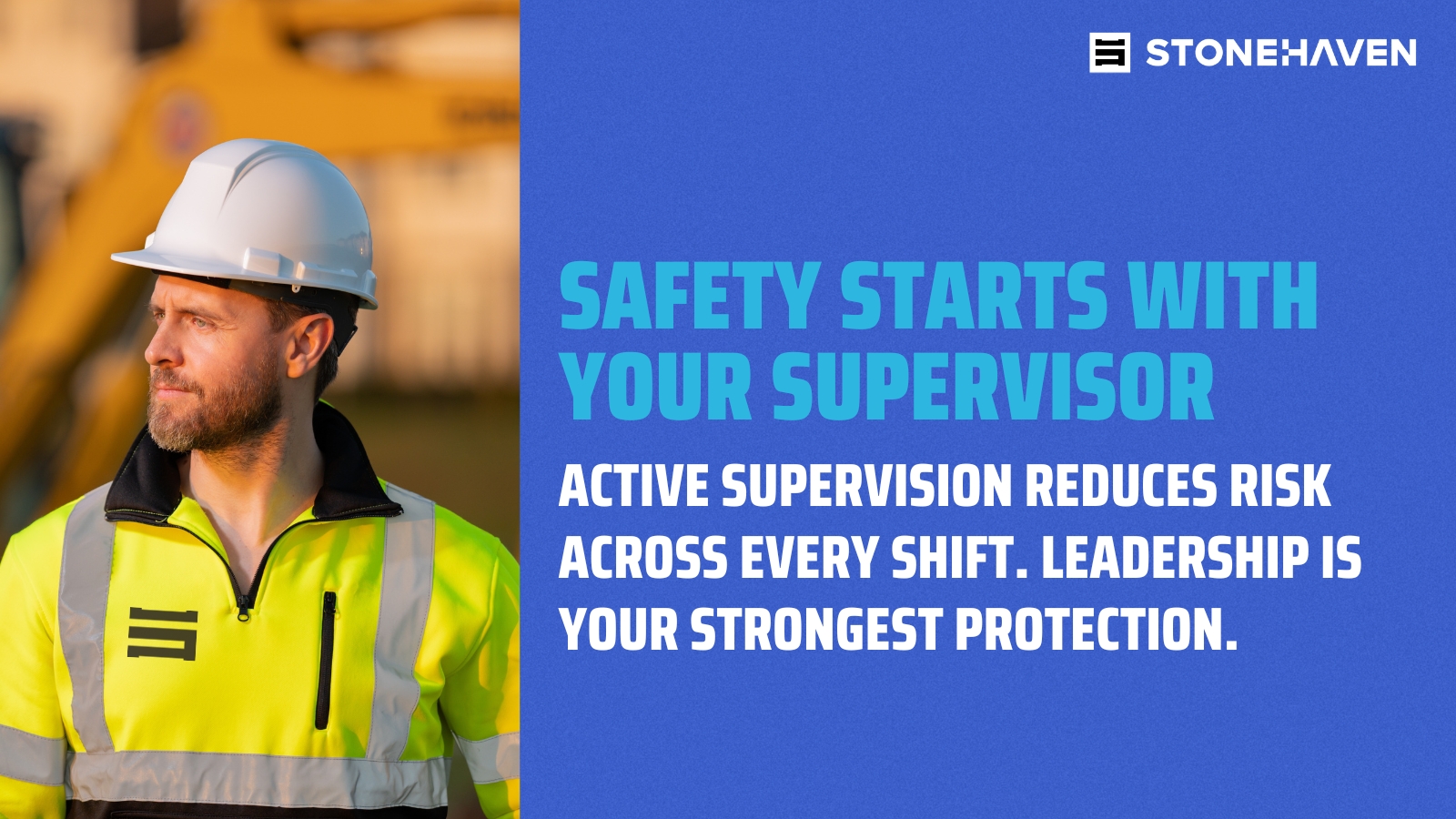
Preparation begins long before the weather shifts. Every site should have a weather risk register tailored to its location and project phase. Site supervisors must subscribe to real-time alerts from the UAE National Centre of Meteorology and establish clear evacuation procedures. These protocols should be rehearsed regularly with all on-site staff, ensuring everyone knows what to do and where to go if conditions suddenly deteriorate.
As storms approach, the focus shifts to protecting infrastructure and people. Lightweight materials must be anchored or removed, and scaffolding and temporary structures need urgent inspection to confirm wind resistance. Electrical systems, including backup power sources, should be secured and insulated to prevent outages or electrocution.
Once a storm has passed, a comprehensive inspection is mandatory before resuming work. Supervisors must assess structural elements for damage, drain waterlogged areas, and disinfect any zones exposed to floodwater. All weather-related incidents must be logged in HSE reports, with detailed notes and documentation.
Compliance with the Dubai Municipality Code of Practice and emirate-specific emergency protocols ensures that safety isn’t left to chance. In a country where construction rarely pauses, storms can arrive quickly and without warning. Being unprepared is no longer an excuse. Supervisors who prioritise readiness create safer, more resilient sites, and earn the trust of both their workers and clients. Severe weather may be inevitable, but its impact doesn’t have to be catastrophic. The right preparation turns crisis into routine response.
Conclusion
Construction safety isn’t just a regulatory checkbox in the UAE, it’s the foundation of successful project delivery. From navigating construction safety rules to enforcing the midday break and weather-proofing your site, every supervisor has a direct hand in shaping safe, productive work environments.
Failing to enforce site safety doesn’t just risk lives, it jeopardises project timelines, budgets, and reputations. On the other hand, supervisors who commit to daily checks, active worker engagement, and full regulatory alignment reduce incidents, boost morale, and become invaluable assets on any site.
As the UAE construction industry grows, only those who lead with safety will build with certainty.
About Us
At Stonehaven, we believe that every safe construction project begins with strong, consistent supervision. As a leading UAE-based consultancy, we specialise in construction supervision, building project management, and regulatory compliance alignment. From high-rise residential towers to large-scale commercial warehouses, our team ensures that every aspect of your project adheres to the most current UAE construction safety regulations, fire and life safety protocols, and environmental mandates.
Our approach is hands-on and detail-oriented. We conduct thorough on-site safety audits, closely monitor PPE compliance, and coordinate effectively with subcontractors to ensure that everyone on-site understands and follows the same safety standards. We facilitate regular toolbox talks and daily briefings to keep safety awareness top of mind and use weather readiness planning to anticipate and mitigate environmental risks before they cause disruption.
What sets Stonehaven apart is our proactive mindset. We don’t wait for risks to surface, we anticipate them. By embedding safety into every stage of the construction process, we help our clients deliver projects that are not only compliant and on schedule, but also secure for every worker involved. With Stonehaven, you gain more than a supervisory team; you gain a strategic partner committed to excellence and protection on every level.
Build boldly. Build safely with Stonehaven.

